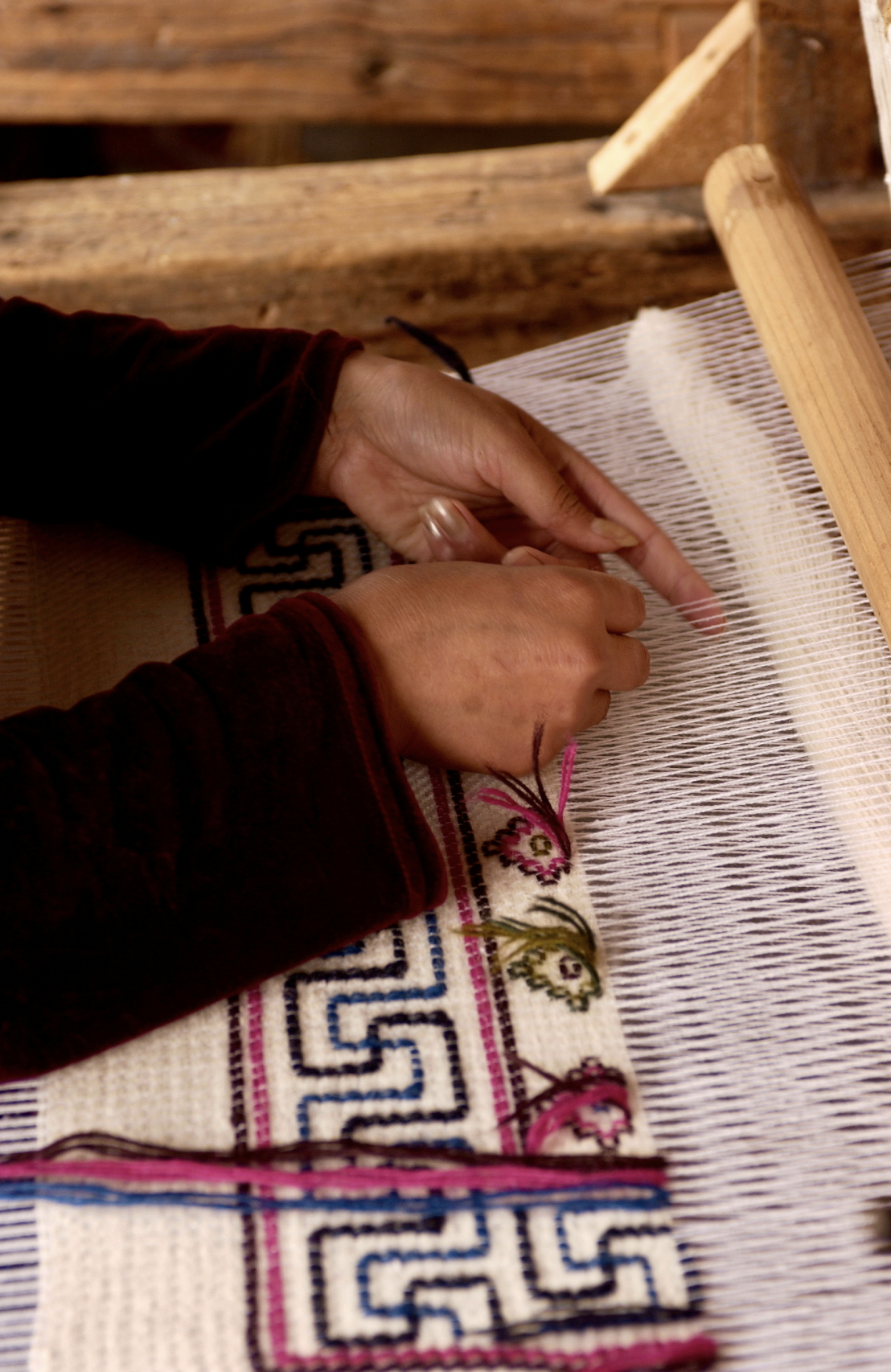About Preserving Legacies
A global organization dedicated safeguarding the diversity of cultural and natural places and practices that make humanity resilient against the impacts of climate change.
Our Mission
To support local change makers with training, tools, and connections to equitably adapt their community’s heritage places and practices from the impacts of climate change.
Our Vision
A world where communities lead climate adaptation, safeguarding heritage and redefining resilience to build a more just and thriving future
Our Values
Our values are woven into all that we do in order to ensure that climate adaptation solutions are sustainable, equitable, and effective.
.png)
Resilient communities are ones that own their adaptation process, data, and solutions.
Rooting adaptation action in values ensures that solutions are aligned with community priorities.
Democratizing access to climate adaptation is critical for scaling climate solutions around the world.
Integrating cutting edge science into our processes keeps us on the forefront of what's possible.

























Why it Matters
Heritage defines us, connects us, and inspires us -- not only as individuals and communities but as a species across this planet. And just as biodiverse ecosystems are more resilient, so too are culturally diverse ones.
Climate change is already the fastest-growing threat to heritage worldwide and its impacts are intensifying each year. Fires, floods, and seasonal shifts not only affect the physical integrity of cherished structures and landscapes but also the communities who are connected to these places—disrupting traditions, livelihoods, and identities.
Without action, we not only risk losing knowledge from our past that can help save our future, we risk unraveling the social tapestry that binds us all together, leaving us less resilient to the impacts of a rapidly warming planet.
How We Work
Our programming framework is powered by a feedback loop of connections, insights, and storytelling -- local change makers that we support develop and share learnings from their unique experiences on the frontlines of climate adaptation with one another, and we re-integrate those insights into our programming to impact the next climate heritage heroes.

Our Approach to Building Resilience
From education to action, our values-driven, community-led process ensures that climate adaptation solutions are sustainable, equitable, and effective.
Learn
Enhance capacity through climate literacy training and understanding of plural knowledge system approaches.
Assesss
Develop climate risk assessments rooted in localized climate data and community values.
Act
Prototype a locally-led climate adaptation solution for testing, monitoring, and scaling.
Our Programs
Whether you’re a heritage professional or community organizer, climate scientist or storyteller, there is a home for you at Preserving Legacies.

Climate Custodian Cohort Program
A 3-year program that guides an annual cohort of 10 heritage places on a climate adaptation journey, from education to action.
Community of Action
A platform for virtual learning, insights sharing, and relationship building to support anyone looking to take action to safeguard their site.
Open Access Resources
A curated collection of resources, insights, and tools - including our custom Regional Data Hub to help you localize climate data!
Do you represent an organization? Learn about custom collaborations here.
Our Impact
32
Sites
35
Countries
74
Custodians
473
Changemakers
Our Team
Our partners
The climate crisis is too big to go at it alone and we are honored to work with partners who share our vision.
















